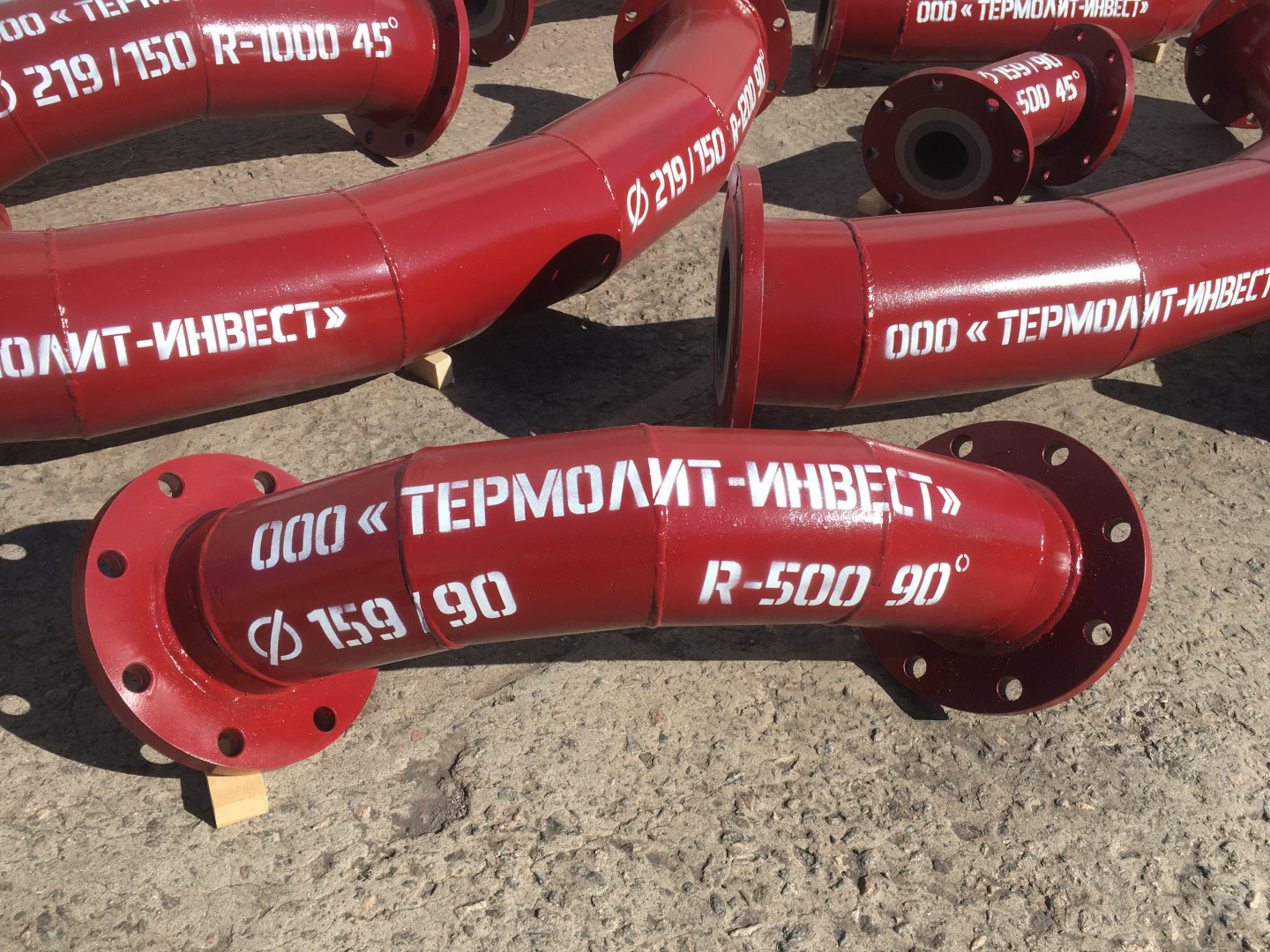Ceramics, basalt, gas duct

Lining gas ducts with cast basalt and oxide ceramics can provide effective wear protection in various industries. Both materials have unique properties that make them suitable for different environments and operating conditions.
Let's explore the strengths and weaknesses of cast basalt lining for gas ducts in different industries.
Strengths of cast basalt lining:
1. Exceptional wear resistance: Cast basalt has high abrasion resistance, making it an effective means of protecting gas ducts from the erosive effects of abrasive particles, gases, and slurry flows. In industries such as coal beneficiation, mining, and cement plants, where material handling involves abrasive particles, cast basalt lining can significantly extend the service life of the duct.
2. Chemical resistance: Cast basalt is chemically inert and can withstand the corrosive effects of acidic or alkaline gases and liquids. This makes it suitable for use in oil refineries and coal-fired power plants, where gas ducts may be exposed to aggressive chemical environments.
3. Thermal stability: Cast basalt can withstand high temperatures, which is beneficial in industries such as coal-fired power plants or oil refineries, where hot gases or flue gases may pass through the ducts.
4. Ease of installation: Cast basalt lining can be custom-made in the form of tiles or profiled segments, making it easy to install in gas ducts of complex geometry.
5. Smooth surface: Cast basalt lining provides a smooth internal surface, reducing friction and material buildup, thereby ensuring a smoother gas flow and reducing the risk of clogging.
Weaknesses of cast basalt lining:
1. Limited flexibility: Cast basalt lining may not be suitable for cases where the gas ducts are subject to significant movements or deformations, as it has limited flexibility compared to other lining materials.
2. Not suitable for very high temperatures: Although cast basalt is thermally stable, it may not be ideal for applications involving extreme temperatures, such as certain zones in cement plants with extreme thermal conditions.
Now let's consider the strengths and weaknesses of oxide ceramic lining for gas ducts in various industries:
Strengths of oxide ceramic lining:
1. Superior wear resistance: Oxide ceramics have superior abrasion resistance, making them effective for protecting gas ducts from wear caused by abrasive particles and high-velocity gas flows. This makes them suitable for use in coal beneficiation plants and mining operations.
2. High-temperature resistance: High-alumina ceramics can withstand very high temperatures, making them suitable for lining gas ducts in industries such as coal-fired power plants or metallurgical plants with extreme thermal conditions.
3. Chemical resistance: High-alumina ceramics are chemically stable and can resist the corrosive effects of most chemicals, making them suitable for use in oil refineries and chemical plants.
4. Relatively lightweight: Oxide ceramics are lighter compared to metal linings, making them easier to install and reducing the overall weight of the gas ducts.
Weaknesses of oxide ceramic lining:
1. Higher cost: High-alumina ceramics can be more expensive than cast basalt, which may affect their use in certain applications, especially where budget constraints are a concern.
2. Brittleness: Oxide ceramics can be brittle and susceptible to cracking or chipping under certain mechanical impacts. Careful handling during installation and operation is necessary to prevent damage.
3. Complex shapes: Forming complex shapes from high-alumina ceramics is a more costly task and may require specialized manufacturing processes.
Therefore, both cast basalt and oxide ceramics have unique advantages for lining gas ducts in various industries. The choice of lining material will depend on specific wear and temperature requirements, as well as other factors such as cost considerations and installation complexity. Both materials can provide effective wear protection and extend the service life of gas ducts in their respective applications.